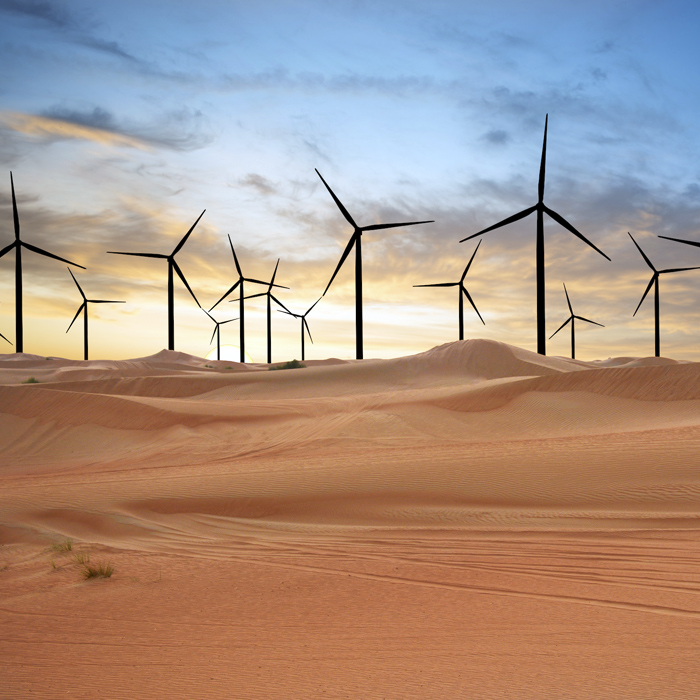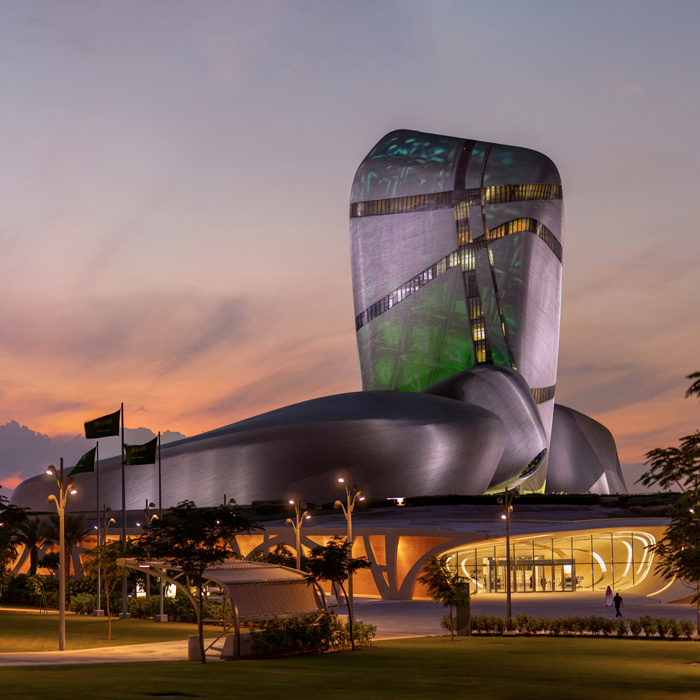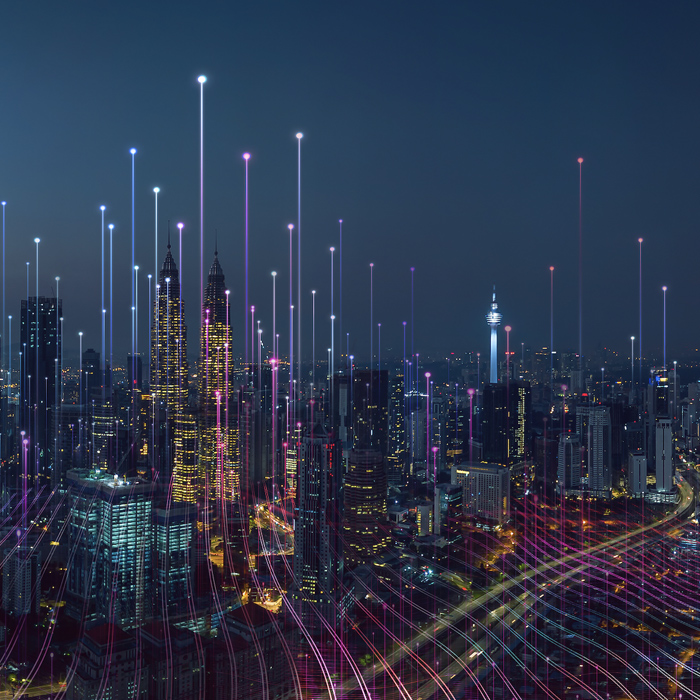
Digital transformation
Digital technologies are key to creating a globally competitive economy of the future. Saudi Arabia has invested in, harnessed, and implemented these innovations across the board, enhancing products and services from finance and real estate to the ICT and energy sectors. In 2021 and 2022, the Kingdom was named a Top Digital Riser among G20 nations for its exceptional digital evolution during the pandemic. The National Strategy for Digital Transformation, launched in 2006, is currently in its third phase (2021-2025), and aims to consolidate its digital capacity while enhancing e-government capabilities in order to allow for more streamlined government services.
Innovation and Industry 4.0
Although Industry 4.0 technologies are in the early stages in Saudi Arabia, the largest technology market in the MENA region is poised for a rapid adoption of these innovative products. By 2030, the Kingdom aims to increase its non-oil share of GDP from 16% to 50%, meaning companies will move quickly to invest in technologies that will optimize their operations. The National Industrial Development and Logistics Program (NIDLP), the largest initiative launched under Vision 2030, will pump $450 billion into creating a digital industrial revolution for mining, industry, energy, and logistics.


Energy of tomorrow
A key part of Vision 2030 is to diversify the economy away from oil. Indeed, by the end of the decade, Saudi Arabia plans to generate 50% of its electricity from renewable energy sources. In order to achieve these ambitious goals, the state is investing heavily in solar, wind, and green hydrogen infrastructure under the National Renewable Energy Program. NEOM and other newly announced mega-projects will feature prominently in the Kingdom’s drive to adopt alternative energies, positioning Saudi Arabia as a global leader in the pursuit of sustainable initiatives in the process.
Investing in human capital
Education took the largest share of Saudi public spending in 2022, and these investments are paying off: prestigious higher education institutions, along with a robust R&D sector, are paving the way for the next generation of leadership in the country. As the Kingdom continues to experience seismic shifts of transformation, it is training and developing local talent so as to ensure a competitive workforce in the global marketplace for years to come. With strong state support for the training and development of national cadres under the Human Capability Development Program, Saudi Arabia is adapting quickly to the disruptions created by Industry 4.0 technologies, including artificial intelligence, machine learning, blockchain technologies, and the internet of things.


